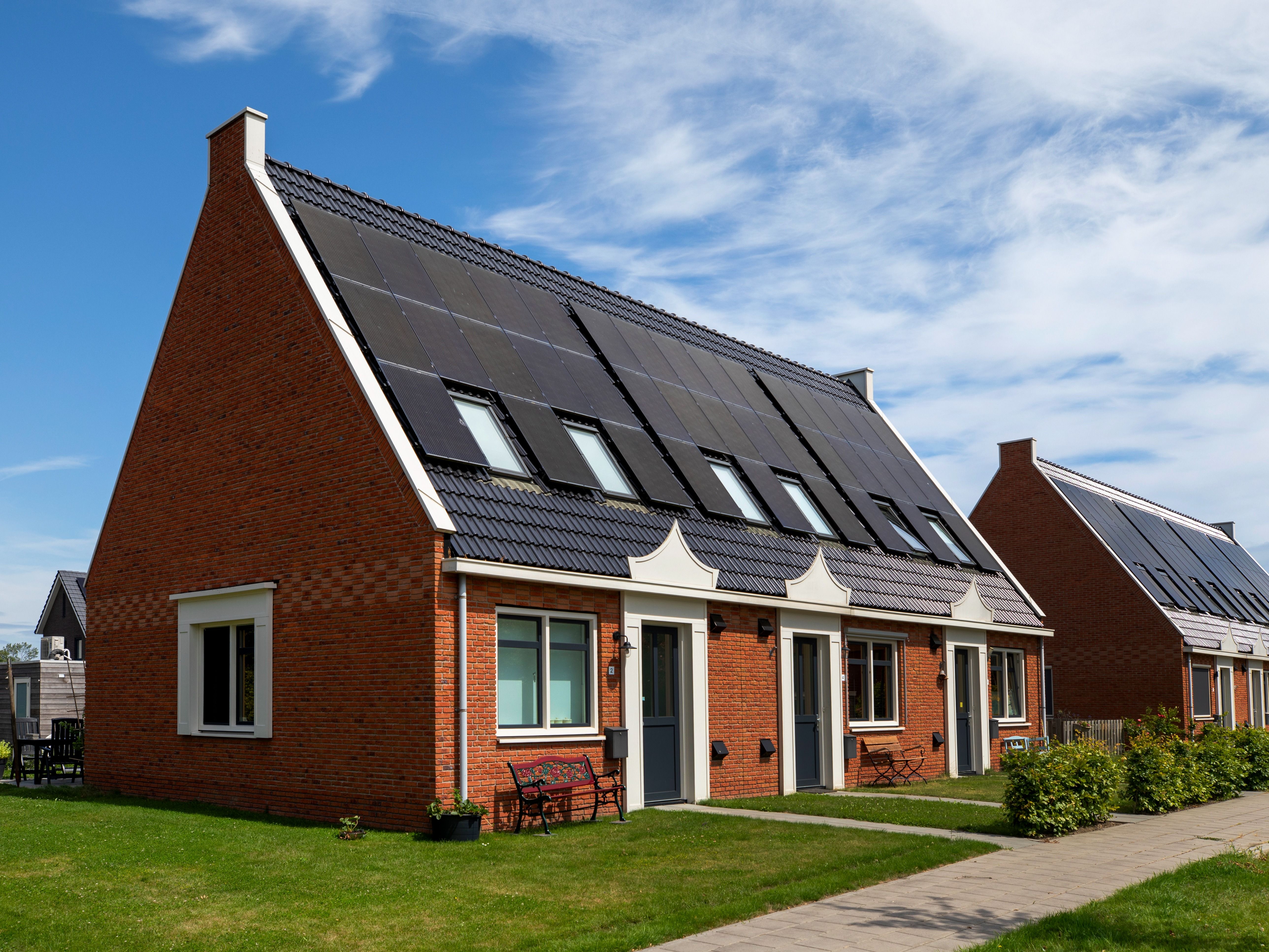Carbon footprint¶
The carbon footprint, from a consumption-based perspective, tracks the total emissions linked to a region’s final demand. It uses input-output modeling to account for not only the region’s direct emissions but also those that occur along the supply chain, including the embodied carbon in imported products. This approach differs from a production-based carbon footprint, which only considers emissions produced within the region’s borders, regardless of where the products are consumed. The consumption-based carbon footprint provides a more complete view of the region’s impact on global emissions.
Friesland’s carbon footprint totals approximately 7 Mt of CO2 equivalent (CO2e), or about 11 tonnes per capita. In comparison, Friesland’s carbon footprint per capita is slightly above the Netherlands and European average of 10.2 and 10.5 tCO2e, respectively. It is also notably higher than the global average, which is 6.5 tCO2e. per capita. This trend somewhat follows Friesland’s material footprint, which is slightly below the European average but slightly above the Dutch average. The connection between material use and carbon emissions highlights that Friesland’s material consumption—particularly from emissions-intensive production abroad—contributes significantly to its carbon footprint. As a result, Friesland’s carbon and material footprints display similar patterns of higher-than-average impact, underscoring the need for more sustainable consumption and production practices.
Of Friesland’s total carbon footprint of 7 Mt CO2e, 2 Mt (27%) originate within the region, while 1 Mt (13%) come from the rest of the Netherlands. The remaining 60%—or 4 Mt—is sourced from outside the Netherlands, with 3 Mt coming from beyond Europe. This highlights Friesland’s significant reliance on emissions-intensive production in regions outside Europe, emphasising that its carbon emissions are intricately linked to global production and consumption patterns. This global dependence suggests that addressing Friesland’s carbon footprint requires a broader focus on international supply chains and sustainable production practices.
Several sectors play a significant role in Friesland’s overall carbon emissions. The ‘Other services’ sector leads, contributing 20% of the region’s total carbon footprint. Shelter, primarily associated with the built environment and construction activities, follows closely at 19%. Direct emissions, including those from personal transport and household heating, account for 17%, while nutrition, linked to food systems and agriculture, represents 12%. Interestingly, while nutrition scores high in Friesland’s material footprint, it has a relatively low impact on the carbon footprint. This discrepancy may be due to the high volume of materials used in food production and consumption (e.g., packaging, agriculture) without a corresponding high level of carbon emissions, possibly because the food system relies less on carbon-intensive energy or production methods compared to other sectors.
Improving carbon footprint
Friesland is home to many initiatives that already contribute to reducing its carbon footprint.

Fijn Wonen’s Circular Construction Powered by Robotics

Leva: Circular Modular Housing for Sustainable Living

Friesland returns to its roots with the flax value chain

Cup Concept: Re-usable hard cups for zero waste events
To strengthen this impact, the region can focus on measures, such as:
- Increase share of renewable energy consumed, especially in difficult-to-decarbonise sectors such as transport and manufacturing.
- Shorten supply chains by sourcing materials locally where possible, and choosing low-carbon options even when importing.
- Scale up circular practices like reuse, repair, and refurbishment to reduce demand for carbon-intensive production.